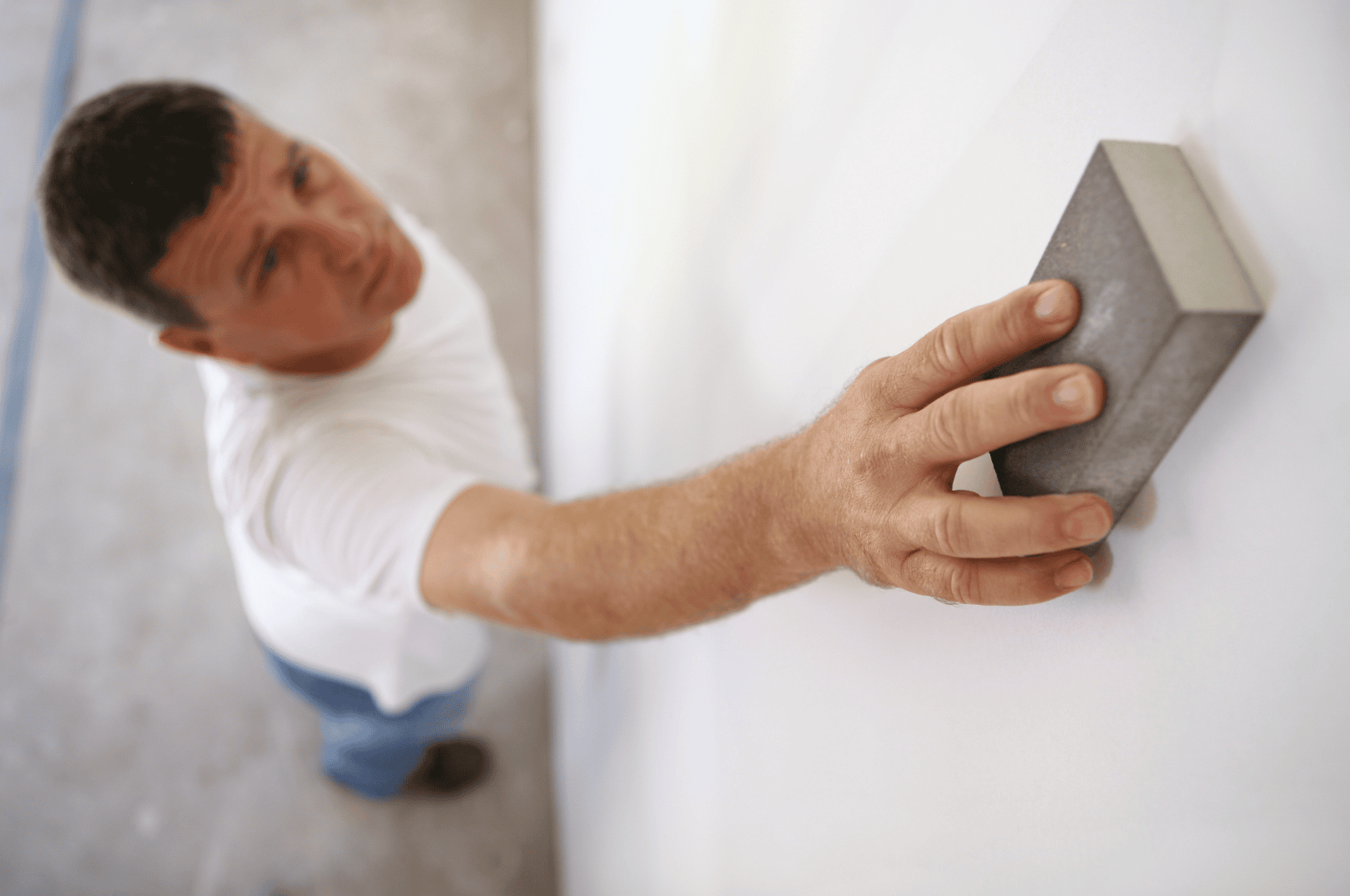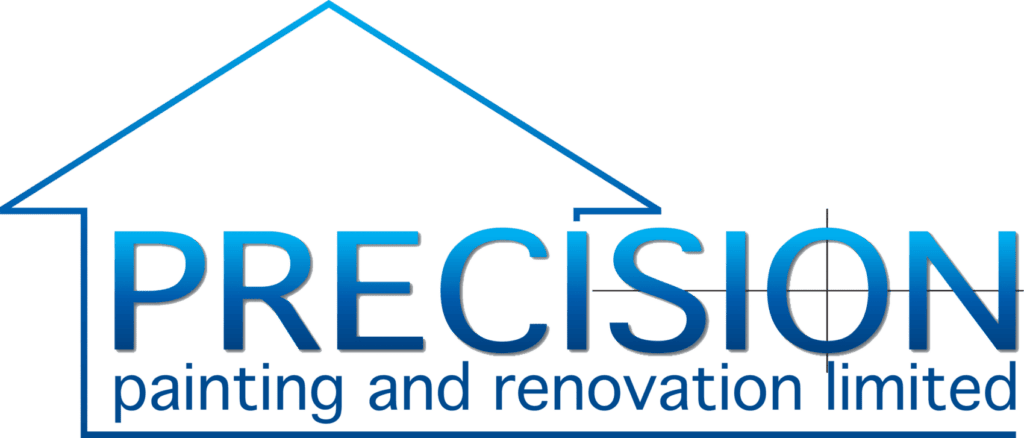A freshly painted hallway or corridor speaks volumes about the atmosphere of a building. Whether it’s a residential apartment, a hotel, a school, or an office, these transitional spaces often set the tone before visitors reach their destination. With the right painting service, these areas can shift from overlooked walkways to welcoming avenues that radiate warmth and professionalism. Precision Painting offers tailored solutions that enhance these passageways with color harmony, durability, and seamless finish.

The Role of Hallways and Corridors in Interior Spaces
Corridors and hallways are more than just connectors between rooms—they are integral elements of spatial design. The walls in these areas often face high foot traffic, exposure to scuff marks, handprints, and fluctuating lighting. Choosing the right paint and technique ensures these areas remain not only visually pleasing but also functional and resilient.
Their layout influences how people navigate a space, and the colors used can affect moods, perceptions of cleanliness, and the general ambiance. Dull, chipped, or mismatched paint in hallways leaves a negative impression. On the other hand, a well-maintained corridor tells guests and occupants that attention has been given to every detail.
Choosing the Right Colors for Hallways and Corridors
When planning hallway and corridor painting, selecting the correct color scheme is vital. The goal is to create continuity with surrounding rooms while maintaining the uniqueness that defines the area’s purpose.
Considerations for color selection include:
-
Natural Light Access: Lighter shades like soft beige, creamy white, or muted gray help brighten narrow or poorly lit spaces.
-
Ceiling Height: Low ceilings benefit from vertical color contrasts that elongate the walls visually.
-
Mood Setting: Warm tones promote comfort, cool tones offer serenity, and neutral palettes give versatility.
-
Functional Needs: In hospitals or schools, soft blues or greens can support calmness. Offices may lean toward grays or off-whites for a professional feel.
Finishes That Balance Aesthetic and Durability
The choice of finish is just as important as the color. Hallways are prone to smudges, impacts, and daily wear. The selected finish must be easy to clean and maintain without sacrificing style.
Common finish options include:
-
Satin: Perfect for hallways, combining moderate sheen with durability and easy cleaning.
-
Eggshell: Offers a softer look while still being wipeable, ideal for lower-traffic hallways.
-
Semi-gloss: Highly durable and reflective, best for areas with high humidity or heavy traffic.
Choosing the wrong finish can result in early deterioration or difficulty in upkeep.
Surface Preparation Before Painting
A quality paint job starts well before the first brush stroke. Surface preparation determines how well the paint adheres and how smooth the final result appears.
Steps involved in preparing hallway walls for painting:
-
Cleaning the Walls: Dust, oil, and grime must be removed to prevent interference with adhesion.
-
Repairing Imperfections: Cracks, nail holes, and dents are filled and sanded smooth.
-
Priming: Applying primer ensures even absorption and improved paint longevity.
-
Taping Edges and Fixtures: Protecting trim, switches, and baseboards ensures crisp lines and clean results.
Skipping or rushing preparation can cause bubbling, cracking, or premature fading.
Addressing Unique Challenges in Corridor Painting
Painting hallways and corridors involves specific challenges. Unlike isolated rooms, these spaces are usually long and narrow, often with varying widths, poor lighting, and multiple architectural interruptions.
Common challenges include:
-
Long, repetitive walls: Risk of monotony; solved by accent walls or wainscoting.
-
Limited lighting: Demands colors and finishes that reflect more light.
-
Tight working space: Requires planning to ensure minimal disruption.
-
High traffic: Needs fast-drying and durable paint solutions.
Precision in masking, even roller strokes, and consistency across large sections are essential to overcoming these issues.
Integrating Design Elements into Hallway Painting
Painting doesn’t need to stop at solid colors. Strategic use of design elements can elevate a hallway from functional to exceptional.
Popular painting techniques and enhancements include:
-
Accent Stripes or Borders: Adds visual interest and lengthens or widens perception.
-
Two-Tone Walls: A darker lower portion with a lighter upper portion for elegance and contrast.
-
Stenciled Motifs or Geometric Patterns: Adds personality in both residential and commercial settings.
-
Feature Walls: A single bold-colored wall to create a visual anchor.
These techniques can align with brand colors in commercial buildings or add warmth to residential spaces.
Safety and Compliance in Commercial Properties
In commercial properties, hallway and corridor painting often requires adherence to building codes and safety protocols. This includes low-VOC paint for indoor air quality, non-slip coatings on adjoining surfaces, and minimal disruption to business operations.
Precision Painting ensures that the paints selected meet fire resistance and environmental safety requirements. Occupied buildings also benefit from water-based, fast-drying, and odorless options that minimize inconvenience during the painting process.
Scheduling and Project Management
Timing is a crucial factor in hallway painting, especially for commercial facilities or apartment buildings with continuous foot traffic. A professional team ensures minimal downtime by working in phases or off-peak hours.
Best practices for project execution include:
-
Pre-scheduling walk-throughs with building management.
-
Sectioning corridors to allow continued access.
-
Using fast-drying, low-odor paints.
-
Proper ventilation setup to expedite curing.
Communication and logistical coordination make the project smoother for everyone involved.
Maintenance Tips to Keep Hallways Looking Fresh
Maintaining the appeal of painted hallways ensures a long-lasting impression. While durable paint choices extend the lifespan, occasional touch-ups and cleaning are essential.
Hallway maintenance checklist:
-
Use soft cloths to wipe down scuff marks monthly.
-
Touch up chipped corners quarterly.
-
Avoid abrasive cleaners on painted surfaces.
-
Recoat high-traffic areas every 2–3 years.
This upkeep plan preserves the clean, inviting atmosphere and avoids costly repaints.
Residential vs. Commercial Corridor Painting Considerations
While both residential and commercial corridor painting share core principles, their goals and priorities differ.
| Aspect | Residential | Commercial |
|---|---|---|
| Primary Goal | Aesthetic appeal, comfort | Brand alignment, functionality |
| Color Palette | Warm tones, personal tastes | Neutral or brand-specific tones |
| Foot Traffic | Moderate | High |
| Finish Preference | Eggshell or satin | Satin or semi-gloss |
| Access Requirements | Flexible | Time-bound, minimal business disruption |
| Maintenance Cycle | 3–5 years | 1–2 years for touch-ups |
Each approach requires tailored planning and execution to meet space-specific goals effectively.
Environmental Considerations in Paint Selection
Eco-friendly paint choices are increasingly important for environmentally conscious clients. Low-VOC or zero-VOC paints improve indoor air quality and reduce health hazards.
Water-based paints are also favored for quick drying, minimal odor, and easier cleanup. These paints are particularly suitable for corridors in healthcare facilities, schools, and homes with children or elderly residents.
Cost Factors That Influence Painting Services
Pricing for hallway and corridor painting depends on several factors that impact labor, materials, and logistics.
Cost influencers include:
-
Square footage of corridor space
-
Number of coats and colors used
-
Type and quality of paint selected
-
Surface condition and repair needs
-
Accessibility and work-hour limitations
Transparent pricing from experienced teams like Precision Painting ensures no hidden charges, and the results match expectations.
Why Choose Precision Painting?
Precision Painting approaches hallway and corridor projects with meticulous care, from the first consultation to the final walkthrough. Our team brings thoughtful color coordination, expert-level surface preparation, and clean, efficient execution that fits your schedule and aesthetic goals.
We treat transitional spaces as opportunities to create warmth, professionalism, and cohesion throughout your property. Every stroke, from corner detailing to mid-wall blending, reflects our commitment to excellence.
Clients who work with Precision Painting appreciate not only the visual transformation but also the care and planning that go into the process. With safety, design integrity, and longevity in mind, our painting service is designed to meet the high standards of both residential and commercial environments.

